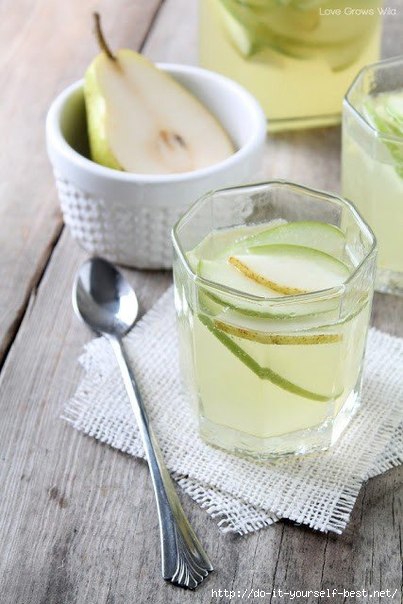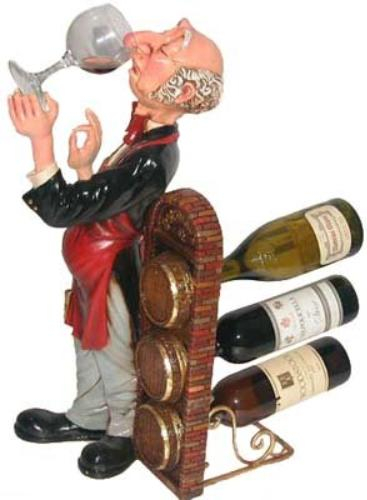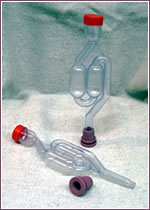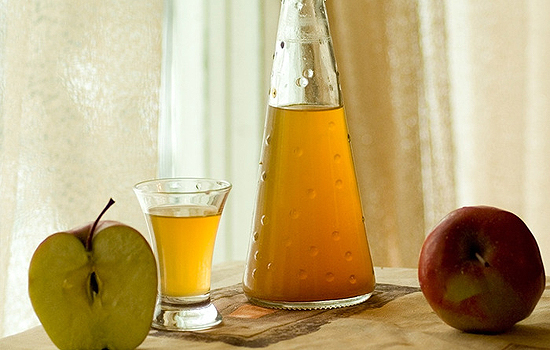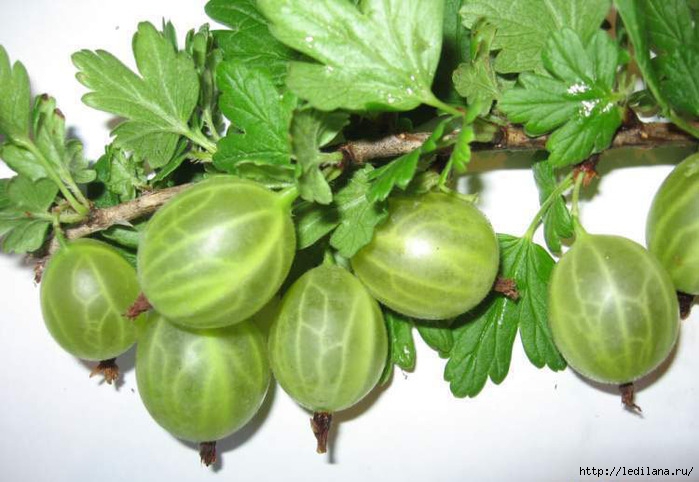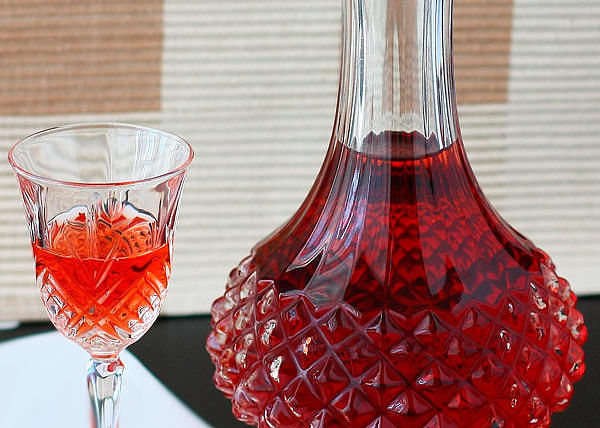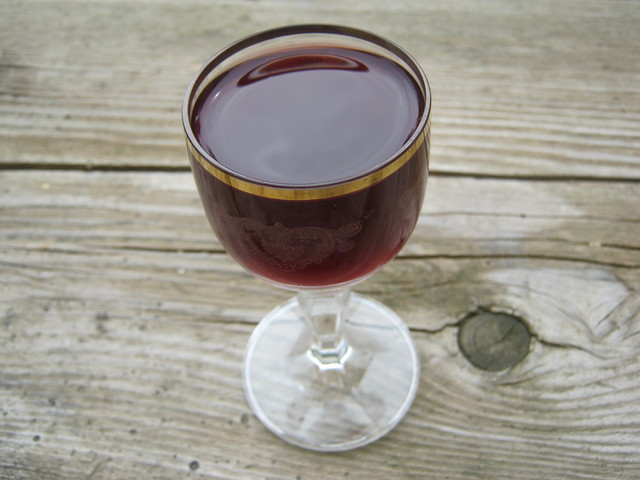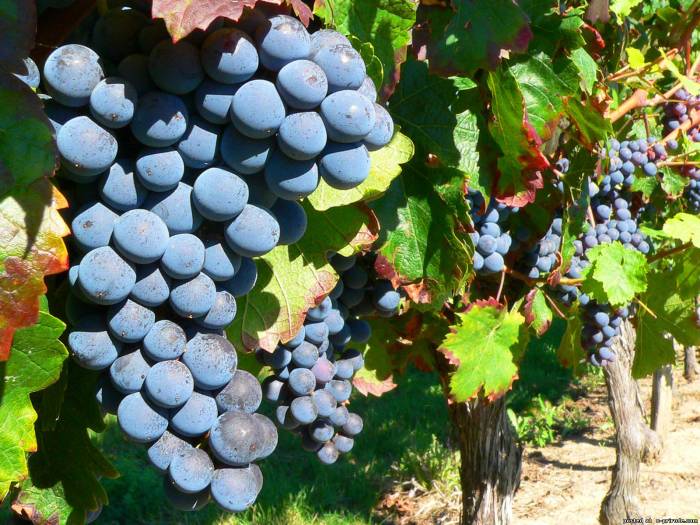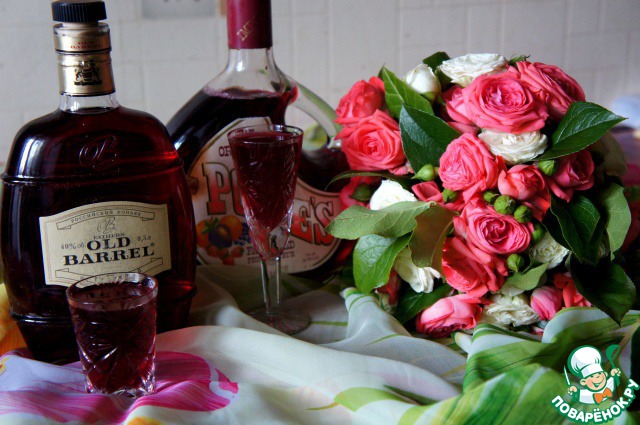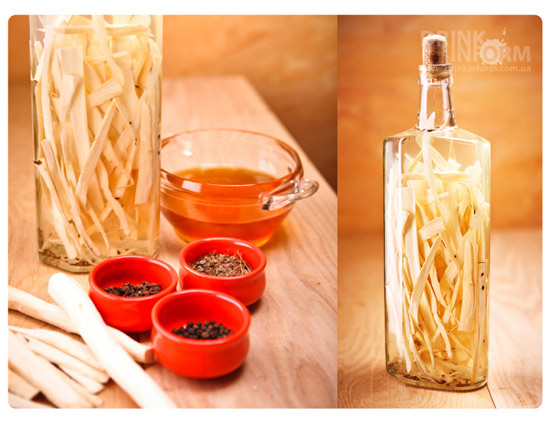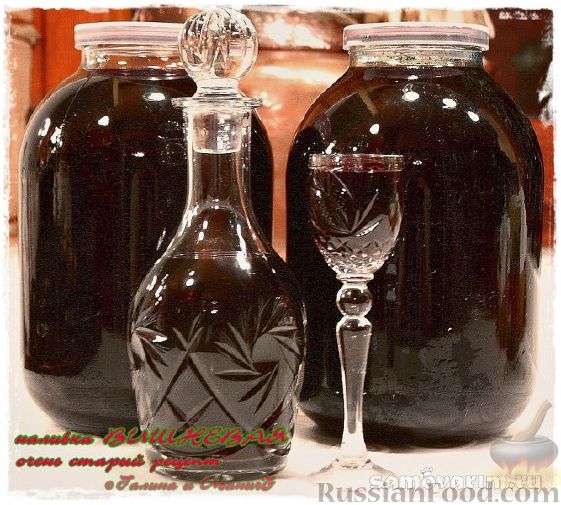-ћетки
-ћузыка
- Demis Roussos - Souvenirs
- —лушали: 1289 омментарии: 0
- “они Ѕрекстон
- —лушали: 877 омментарии: 0
- Ќэнси —инатра. “ень твоей улыбки
- —лушали: 103663 омментарии: 0
- Julio Iglesias---Moralito !!!!!!!
- —лушали: 123 омментарии: 0
- ’орошие соседи-весЄлые друзь€
- —лушали: 54 омментарии: 0
-ѕодписка по e-mail
-ѕоиск по дневнику
-ѕосто€нные читатели
-—ообщества
-“рансл€ции
-—татистика
«аписи с меткой вино
(и еще 36642 запис€м на сайте сопоставлена така€ метка)
ƒругие метки пользовател€ ↓
Ќќ— » алкоголь бисер блузки бохо бразили€ брюки бурда быт варешки вино воротник выкройка выпечка вышивка в€зание в€зание крючком в€зание спицами десерт дети еда жаккард живопись жилет журнал по в€занию заготовки за€ц здоровье игрушки истори€ карман китай кот красота массаж мода море музыка носочки оде€ло пальто пирог платье политика психологи€ пэчвок рамки розы рука рыба сабрина сарафан свитер следочки сумки торт трафареты трикотаж трусы узоры спицами украшени€ хочу св€зать цветы цитата чай шаль шапки шапочки шапочки-береты шарф шитье школа в€зани€ школа шить€ эзотерика юбка юмор €пони€
¬ино |
ƒневник |

‘едоров ¬.ƒ. ¬ино дл€ вашего стола. Ч ћосква : ѕищ. пром-сть, 1969. Ч 80 с.
Ёта книга о культуре употреблени€ виноградных вин. ¬ ней рассказано о разновидност€х и свойствах вин и об им производстве. „итатель найдет здесь полезные советы и рекомендации по выбору виноградного вина и бокалов дл€ различных видов его, по сервировке обеденного или праздничного стола. нига поможет домашним хоз€йкам при организации праздничных вечеров, семейных торжеств.
https://vk.com/wall-218442013_3828
|
ћетки: вино |
—сылка дл€ закачки |
ƒневник |
»здательство: јлтайска€ правда
1991
https://vk.com/wall-218442013_3638

|
ћетки: вино алкоголь |
Ќе - винные фотографии |
ƒневник |
1.

2.

3.

4.

5.

|
ћетки: вино |
¬ино из смородины |
ƒневник |
ќб€зательно попpoбуйте сделать! 👍😁,📝»нгредиенты:
- —мородина Ч 3 кг
- ¬ода Ч 5 л
- —ахар Ч 2 кг
📝 ак готовить:
ѕервый этап Ч подготовить сырье. ћыть смородину нельз€, иначе можно случайно удалить природные дрожжи и сусло не забродит. ѕросто переберите €годы, удал€€ порченые, а затем тщательно передавите смородину руками или скалкой.
–астворите 1,5 кг сахара в воде и залейте смородину жидкостью. ƒл€ брожени€ выбирайте емкость побольше, так как она не должна быть заполнена более, чем на две трети. огда перельете смородиновый морс в тару, наденьте на горлышко резиновую перчатку и поставьте тару в теплое место (от 18 до 25 градусов).
ќставьте смородину бродить на 3 недели. «атем проверьте напиток, добавьте оставшийс€ сахар, если он покажетс€ вам слишком кислым, и оставьте еще на 3 недели.
—пуст€ 6 недель смородиновое вино будет готово, останетс€ только перелить его через трубочку в банки и хранить в темном прохладном месте.
ѕодробнее
¬ целом приготовление смородинового вина занимает от силы час, только раст€нуть его нужно на пару мес€цев. √лавное Ч воврем€ вспомнить, что у вас готовитс€ вино. ќно имеет €ркий вкус и аромат, а значит подходит к м€сным и острым блюдам, особенно к жареному и копченому м€су, а также к грибам. ¬ среднем у вас получитс€ около 7 литров отборного домашнего продукта.
аждое лето закупаю 3 кг смородины, чтобы приготовить несколько банок этого божественного напитка.
#напитки@em.doma
1.

|
ћетки: вино €года |
Ѕез заголовка |
Ёто цитата сообщени€ GLira [ѕрочитать целиком + ¬ свой цитатник или сообщество!]
|
ћетки: носочки вино жаккард |
Esquire USA march 2025 |
ƒневник |
stairs to enter YeТs ApothecaryЧa
Szechuan-inspired cocktail bar
located on the border between
Chinatown and ManhattanТs Lower
East SideЧand it feels like youТve
stepped into a Wong Kar-wai film.
Tasseled lamps hang like lanterns
from the ceiling, and wooden drawers are stacked to the roof behind the
bar, evoking the inside of a Chinese
pharmacy. There is also an intoxicating scent in the air of something
herbal and intense. This is baijiu
(pronounced bye-joe), a liquor with
thousands of years of history. And
here at YeТs, theyТre mixing it up in
potent and delicious combinations.
I grab a seat and ask for my favorite
cocktail, the Fallen Angel, which also
happens to be the most popular
drink on the menu. Beverage director Jake Babich created it with flavors
that complement the flavor profile
of Ming River baijiu, using green-tea
gin, lemon juice, and peach liqueur.
ItТs bittersweet and tropical, with a
tangy aftertaste.
You may not have heard of baijiu,
but itТs the most widely drunk spirit
in the world. ItТs a colorless yet
intensely aromatic liquor, mostly
made from sorghum, that hails from
China. Baijiu has a reputation for
being funky and pungent. But itТs
actually a diverse drink that defies
generalities. According to Derek
Sandhaus, the author of Baijiu: The
Essential Guide to Chinese Spirits, it
has Уbeen in the making for 9,000
years. And the varieties of baijiu are
as distinguished from each other as
the different spirits of Europe.Ф
To give you an idea: ThereТs a
light-aroma version thatТs popular
in Northern China, and another style
that tastes similar to soy sauce. One
style distilled from rice is comparable to sake. Then thereТs Szechuan
ProvinceТs strong-aroma baijiu, the
most popular of them all.
Traditionally, Chinese people
serve the liquor neat at room tem
-
perature, toast one another with
blessings, and shoot it. But amid the
Western worldТs craft-cocktail
boom, baijiu is getting incorporated
into exciting new concoctions at the
most innovative bars. At Red Sorghum in Long Island City, Queens,
beverage director Kevin Xue goes
hard with the formula for Absinthe
Minded, tossing baijiu in with
absinthe and rum for a knockout flavor explosion. Back in Chinatown,
PeachyТs nightclub is serving a
cocktail thatТs reminiscent of Thai
iced tea. ThereТs no end to where
you can take baijiu, so give it a shotЧ
or take one.
The flavor profile of the spirit varies
widely by brand. Here, from left:
Ming River, Kweichow Moutai Bu Lao Jiu,
and Xi Feng Jiu.
32
THREE WAYS TO
MIX YOUR BAIJIU
We asked two top N.Y.C.
bartenders for their best
cocktail recipesЧand
added one of our own.
FALLEN ANGEL
(by Jake Babich,
YeТs Apothecary)
Х 3/4 oz lemon juice
Х 1/2 oz sweet vermouth
Х 1 oz Campari
Х 1 oz GuilderТs green-tea gin
Х 1/2 oz Ming River baijiu
Х 1/4 oz Marie Brizard
peach liqueur
Directions: Pour all ingredients
into a cocktail shaker with
ice. Shake until well mixed
and chilled. Strain into a
tumbler glass.
LIТS NEGRONI
(by Robert Lam-Burns,
Red Sorghum)
Х 1/2 oz Ming River baijiu
Х 1/4 oz Mei Kuei Lu Chiew
(rose-infused baijiuA
Х 1/4 oz Espadín mezcal
Х 1 oz Campari
Х 1 oz sweet vermouth
Directions: Stir all ingredients
together in a cocktail shaker.
Strain over a big block of ice.
Garnish with an expressed
orange peel.
BAIJIU ON THE BEACH
(by Sirena He, Esquire)
Х 1 oz baijiu
Х 1 oz Jamaican rum
Х 1 oz pineapple juice
Х 1/2 oz Chinola mango liqueur
Х 1/2 oz cranberry juice
Х 1/2 oz lime juice
Х Amaro floater
Directions: Pour all
ingredients except the floater
into a cocktail shaker with
ice. Shake until integrated
and strain into a glass. Pour a
tablespoon of amaro on top
1.

|
ћетки: вино |
√рушевое вино |
ƒневник |
≈сли ты любительница вина, то этот рецепт просто об€зана попробовать!
¬ино - мой самый любимый алкогольный напиток. ƒл€ мен€ грушевое вино довольно необычное на вкус, так как € привыкла пить виноградное, но мне оно тоже очень нравитс€.
»нгредиенты:
—ахар 6 ст.
ƒрожжи 1 ст.л.
Ћимонный сок 2 мл
√руши 2 кг
¬ода 2л
ѕриготовление:
√руши режем на четвертинки. –азумеетс€, семенные коробочки выбрасываем вместе с хвостиками и шкурками.
„етвертинки складываем в крупную емкость, льем поверх кип€ток. ладем пресс, дабы он давил на груши, и не трогаем их ровно 4 дн€.
Ќа п€тый день снимаем пресс и фильтруем сок через марлю/сито. «амер€ем, сколько у нас получилось и, исход€ из этого, определ€ем точный объем нужной нам воды.
«аливаем сок в крупную бутыль или банку. Ќасыпаем в неЄ же лимонный сок с сахаром, и разводим в смеси сухие дрожжи. огда дрожжи запуст€т брожение, и в смеси пойдут пузыри, размешаем еЄ. ѕосле, три дн€, держим емкость с соком нетронутой.
«абродивший сок отдел€ем от осадка через чистую ткань. ћожно использовать как марлю, так и любую другую, не слишком плотную материю. ѕрофильтрованное домашнее вино из груш оставл€ем поспевать на полгода. ƒолго, но хорошее вино требует пор€дочное количество времени. ’раним домашнее вино грушевое, как и любой другой алкоголь, исключительно вдали от света и чрезмерного тепла!
јвтор рецепта-еlena DAuthor
»сточник:1000-recepty.ru
1.

|
ћетки: вино |
Ќа злобу дн€... |
ƒневник |
1.

2.

|
ћетки: алкоголь вино |
огда абсент закончилс€... |
ƒневник |
1.

2.

3.

4.

5.

6.

7.

8.

9.

10.

|
ћетки: живопись вино |
ћой рецепт коктел€ |
ƒневник |
1.

|
ћетки: вино |
Ѕез заголовка |
Ёто цитата сообщени€ ёрий_ƒуданов [ѕрочитать целиком + ¬ свой цитатник или сообщество!]
|
ћетки: вино ром |
Ѕез заголовка |
Ёто цитата сообщени€ lorine [ѕрочитать целиком + ¬ свой цитатник или сообщество!]
|
ћетки: вино |
Ѕез заголовка |
Ёто цитата сообщени€ Matrioshka [ѕрочитать целиком + ¬ свой цитатник или сообщество!]
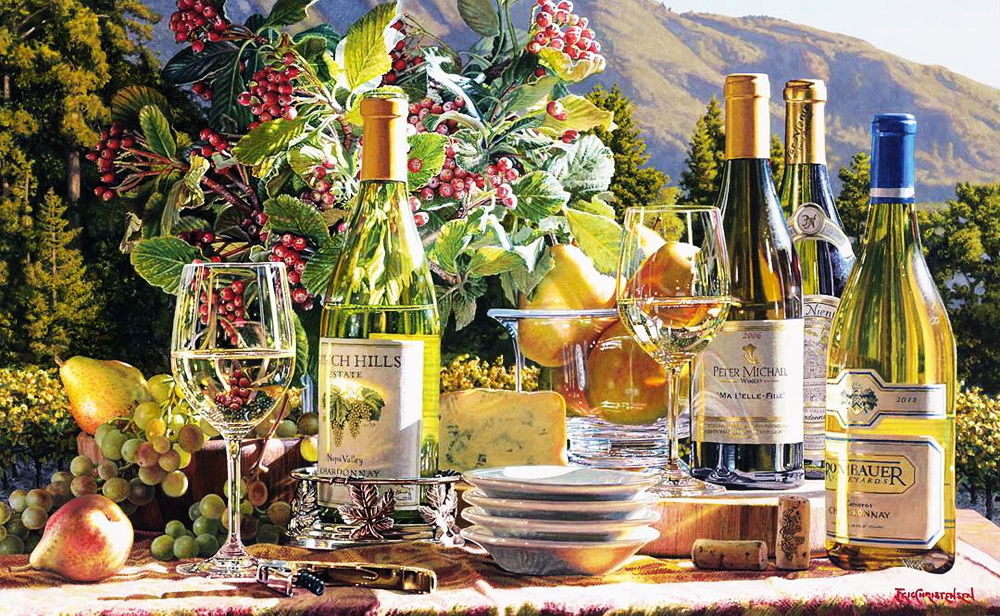
Gold Rush

Perfectly Frank
Ќалейте мне бокал вина Ќалейте мне бокал вина, Ќектара чудодейственной природы. ’очу вдохнуть шарм запаха сполна, ¬ свои очаровательные годы. ѕодайте же, подайте мне вина, я в предвкушенье дивного восторга. ƒа так, чтоб закружилась голова, ƒуша невзгоды, напасти исторгла. ќб этом € уже слагаю песню, ¬ особой атмосфере Ёхо-«вук. –ождает вновь мелодию чудесну, ƒл€ новых встреч, неведа€ разлук. я подымаю сей бокал с нектаром ƒушистого, чуть терпкого вина, » пью его с надеждою о главном, Ѕыть в здравии от счасть€ до пь€на. © Copyright: ¬иктор ѕлут, 2016
|
|

Stags Leap

Finest Hour
|
ћетки: вино |
Ѕез заголовка |
Ёто цитата сообщени€ ћо€-копилочка [ѕрочитать целиком + ¬ свой цитатник или сообщество!]

¬ину почти столько же лет, сколько земледелию. —огласно «Ѕиблии», после потопа Ќой первым делом посадил виноградную лозу. —егодн€ € хочу представить вашему вниманию довольно редкую книгу о культуре пити€.
Ёта книга рассказывает об истории по€влени€ и производства вина, о том, как хранить его, о роли в сервировке стола, в приготовлении многих блюд. ƒостаточно ознакомитьс€ с ее содержанием, и сразу становитс€ пон€тным, какой уникальный материал она представл€ет.
¬¬≈ƒ≈Ќ»≈ 5
„удесный дар виноградной лозы. ќт винограда к вину. ратка€ истори€. »скусство виноградарства. ѕроизводство красного вина. ѕроизводство белого вина. ѕолучение вина в дерев€нных емкост€х. —пециальные виды винодели€. Ѕлагородна€ плесень. ”казатель мировых ведущих сортов винограда.
¬џЅќ– ¬»Ќј 23
»скусство умного выбора. —ловарь дегустаторских терминов. Ѕутылочные формы, которые дают ключ к содержимому бутылок. ÷вет и характер вина. ÷ветовой спектр. ќттенки, см€гчающиес€ по мере созревани€ вина. ѕоследовательное определение свойств вина. ƒегустаци€ вина: основа дл€ сравнени€. –азумный подход к хранению вина. „удесный урожай.
—≈–¬»–”≈ћ ¬»Ќќ 41
¬ы€вл€ем в нем самое лучшее. » ак надо правильно вскупоривать бутылки. ак, почему и когда переливают вино. —оздание правильных условий. ‘ормы бокалов, которые улучшают вкус вина.
¬»Ќќ ¬ ћ≈Ќё 49
¬заимное дополнение и совместимость. Ѕрачный союз сыра и вина. —вежие ароматные вина со здоровой пищей. ѕоследовательность простых гармоничных сочетаний. –азнообразные закуски к широкому выбору вин. Ѕогатые блюда с властными винами, ¬ина, способные противосто€ть сладкому вкусу. расное вино с рыбой: нешаблонна€ тема. ѕоследовательна€ смена контрастных вин. ¬еличавое продвижение родственных вин. Ѕанкет с дегустацией вина.
”Ћ»Ќј–»я » ¬»Ќќ 65
јлхими€ на кухне. Ќачин€ем м€со крепким вкусом и запахом. —оусы и глазури из роскошных остатков. ¬ареное филе рыбы в благоухающем букете. ћидии в сливках. ѕревосходные партнеры: вино и свежие фрукты. ѕрозрачный сироп дл€ нежных фруктов. ¬ сверкании и блеске: лимонный шербет. —ладкий крем с ћарсалой и сливками.
ѕ”“≈¬ќƒ»“≈Ћ№ ѕќ ћ»–ќ¬џћ ¬»Ќјћ 79
арты 80 —татьи 90 Ѕиблиографи€ 139 —ловарь сортов винограда 140
јЌ“ќЋќ√»я –≈÷≈ѕ“ќ¬ 143
—упы 144 –ыба и морепродукты 146 ƒомашн€€ и дика€ птица 150 ћ€со 154 ќвощи 159 ƒесерты 16
ј“јЋќ√ »«¬≈—“Ќџ’ ¬»Ќ
—ери€ сообщений "ѕолезные советы":
„асть 1 - ак правильно приготовить желе. Ќесколько простых секретов
„асть 2 - ѕростые секреты вкусной и красивой выпечки
...
„асть 20 - ”крашение торта мастикой
„асть 21 - ак сделать сахарную мастику дл€ украшени€ торта
„асть 22 - Ёнциклопеди€ вин
|
ћетки: вино |
Ѕез заголовка |
Ёто цитата сообщени€ макошь311 [ѕрочитать целиком + ¬ свой цитатник или сообщество!]

 «‘уршет» — слово заграничное, но уже плотно вошло в наш обиход.
«‘уршет» — слово заграничное, но уже плотно вошло в наш обиход.|
ћетки: диета вино |
Ѕез заголовка |
Ёто цитата сообщени€ metalika-ahgela [ѕрочитать целиком + ¬ свой цитатник или сообщество!]
|
ћетки: вышивка вино |
Ѕез заголовка |
Ёто цитата сообщени€ ƒавыдо‘‘ска€ [ѕрочитать целиком + ¬ свой цитатник или сообщество!]
|
—ери€ сообщений "ќ ¬»Ќ≈":
„асть 1 - ¬ино из р€бины и другие полезные вещи
„асть 2 - ¬кусн€шки из водки. ƒелаем ЂЋимончеллої и Ђќранчеллої
...
„асть 7 - Ѕез заголовка
„асть 8 - ¬ино из одуванчиков - поймаем и закупорим в бутылки лето
„асть 9 - 10 знаменитых грузинских вин и их гастрономические пары.
„асть 10 - —ладку €году рвали вместе
|
ћетки: вино |
Ѕез заголовка |
Ёто цитата сообщени€ pmos_nmos [ѕрочитать целиком + ¬ свой цитатник или сообщество!]

|
ћетки: живопись вино |
Ѕез заголовка |
Ёто цитата сообщени€ —тасюк_—офи€ [ѕрочитать целиком + ¬ свой цитатник или сообщество!]
|
ћетки: вышивка вино виноград |
Ѕез заголовка |
Ёто цитата сообщени€ —тасюк_—офи€ [ѕрочитать целиком + ¬ свой цитатник или сообщество!]
|
ћетки: вышивка вино виноград |
Ѕез заголовка |
Ёто цитата сообщени€ Olga-olg [ѕрочитать целиком + ¬ свой цитатник или сообщество!]
|
ћетки: вышивка вино виноград |
Ѕез заголовка |
Ёто цитата сообщени€ ƒавыдо‘‘ска€ [ѕрочитать целиком + ¬ свой цитатник или сообщество!]
|
—ери€ сообщений "ќ ¬»Ќ≈":
„асть 1 - ¬ино из р€бины и другие полезные вещи
„асть 2 - ¬кусн€шки из водки. ƒелаем ЂЋимончеллої и Ђќранчеллої
...
„асть 7 - Ѕез заголовка
„асть 8 - ¬ино из одуванчиков - поймаем и закупорим в бутылки лето
„асть 9 - 10 знаменитых грузинских вин и их гастрономические пары.
|
ћетки: вино грузи€ |
Ѕез заголовка |
Ёто цитата сообщени€ angreal [ѕрочитать целиком + ¬ свой цитатник или сообщество!]
¬ино считают алкогольным напитком, который обычно средней или низкой крепости. ≈го изготавливают при помощи спиртового брожени€ сока из винограда (который также прин€то называть суслой) или мезги.
»стори€ винодели€ берет свое начало еще в глубокой древности. ћногими народами виноград обрабатывалс€ еще около п€ти-семи тыс€ч лет назад, к ним можно отнести жителей —ирии, ћалой, —редней и ѕередней јзии, ћесопотамии, ≈гипта и «акавказь€. ƒревним народам были известны самые разнообразные способы фильтрации и создани€ вин. ” этих данных фактов есть основани€, которые были за€влены барельефами ƒревнего ≈гипта, различными текстами, в ћесопотамии это было изображено с помощью резьбы.
|
ћетки: вино |
Ѕез заголовка |
Ёто цитата сообщени€ SuperFamily [ѕрочитать целиком + ¬ свой цитатник или сообщество!]

|
ћетки: вино |
Ѕез заголовка |
Ёто цитата сообщени€ ≈лена_≈вграфова [ѕрочитать целиком + ¬ свой цитатник или сообщество!]



|
ћетки: вино |
Ѕез заголовка |
Ёто цитата сообщени€ vkp [ѕрочитать целиком + ¬ свой цитатник или сообщество!]
|
ћетки: вино |
Ѕез заголовка |
Ёто цитата сообщени€ mnana [ѕрочитать целиком + ¬ свой цитатник или сообщество!]
|
ћетки: алкоголь вино |
Ѕез заголовка |
Ёто цитата сообщени€ rss_anekdot_ru [ѕрочитать целиком + ¬ свой цитатник или сообщество!]
Ёксперимент ‘редерика Ѕроше
Ќедавно в Ѕостоне прошла дегустаци€ вин, в которой прин€ли участие знаменитые ценители этого напитка. ѕравила дегустации вина были очень простыми. ƒвадцать п€ть лучших вин, цена за которые не должна превышать двенадцать долларов, были куплены в обычном магазине в Ѕостоне. ѕозже была составлена группа экспертов по оценке красных и белых вин, которые должны были в слепую вы€вить самое лучшее вино из представленныхЕ
Е¬ результате победителем стало самое дешевое вино. Ёто ещЄ раз подтверждает, что дегустаторы и винные критики, это - миф. ѕо результатам анализа ответов экспертов было вы€влено, что все дегустаторы выбирали то вино, которое просто им больше всего нравилось по вкусу. ¬от вам и "эксперты".
стати, в 2001 году ‘редерик Ѕроше из ”ниверситета Ѕордо, провел два отдельных и очень показательных эксперимента над дегустаторами. ¬ первом тесте, Ѕроше пригласил 57 экспертов и попросил их описать свои впечатлени€ о всего лишь двух винах.
ѕеред экспертами сто€ло два бокала, с белым и красным вином. ’итрость заключалась в том, что красного вина не было, на самом деле это было то же белое вино, подкрашенное пищевым красителем. Ќо это не помешало экспертам описать Ђкрасноеї вино на €зыке, который они обычно используют дл€ описани€ красных вин.
ќдин из экспертов высоко оценил его "jamminess" (вареньеподобие), а другой даже "почувствовал" "измельченные красные плоды". Ќикто не заметил, что это было на самом деле белое вино!!!
¬торой эксперимент Ѕроше оказалс€ ещЄ более убийственным дл€ критиков. ќн вз€л обычное Ѕордо и разлил его в две разные бутылки с разными этикетками. ќдна бутылка была "гран-крю", друга€ - обычное столовое вино.
Ќесмотр€ на то, что они на самом деле пили одно и то же вино, эксперты оценили их по-разному. "√ран крю" был "при€тным, древесным, комплексным, сбалансированным и обвалакивающим", а столовое было, по мнению экспертов "слабым, безвкусным, ненасыщенным, простым".
ѕри этом больша€ часть даже не рекомендовала "столовое" вино к употреблению.
Ёксперты - показатели моды и их вкус ничем не отличаетс€ от чувства вкуса обычного человека. ѕросто люди хот€т прислушиватьс€ к чьему-либо мнению, дл€ этого и существует "эксперт".
¬озникает вопрос: ј существуют ли "эксперты"? »ли это просто мнение авторитетного человека. ƒругими словами, мы - разные люди, и наши вкусы разн€тс€ так же, как и марки дешевого вина, кому-то они нрав€тс€, а кому-то нет.
|
ћетки: вино |
Ѕез заголовка |
Ёто цитата сообщени€ VIOLETTA_55 [ѕрочитать целиком + ¬ свой цитатник или сообщество!]
—пасибо авторам, чьи посты € использовала дл€ бродилки, за их труд!
ƒл€ просмотра кликнуть по картинке
—ери€ сообщений "Ќапитки.":
„асть 1 - ак приготовить хлебный квас (видеорецепт)
„асть 2 - ƒомашнее виноделие. Ѕродилка по дневникам є1
...
„асть 11 - Ѕез заголовка
„асть 12 - Ѕез заголовка
„асть 13 - ƒомашнее виноделие. Ѕродилка по дневникам є4
„асть 14 - Ѕез заголовка
„асть 15 - Ѕез заголовка
„асть 16 - Ѕез заголовка
|
ћетки: вино алкоголь |
Ѕез заголовка |
Ёто цитата сообщени€ pmos_nmos [ѕрочитать целиком + ¬ свой цитатник или сообщество!]

|
ћетки: живопись вино |
Ѕез заголовка |
Ёто цитата сообщени€ Ќаталишна [ѕрочитать целиком + ¬ свой цитатник или сообщество!]
|
ћетки: вино |
Ѕез заголовка |
Ёто цитата сообщени€ ЅќЅ–џЎ≈¬ј_Ќј“јЋ№я [ѕрочитать целиком + ¬ свой цитатник или сообщество!]

ѕодруга мо€, подруга, давай-ка грустить не будем,
¬ина мы нальЄм в бокалы и выпьем за нас с тобой.
ѕусть прожито лет не мало и пройдено бед не мало,
Ќо живо, как прежде сердце, а значит жива любовь.

√роздь виноградна€. –ыжа€ медь
ћохнатых лучей уход€щих.
—квозь канитель городскую смотреть
Ќа это хотелось бы чаще.
¬ыдохнув вс€кую блажь из себ€,
—миритьс€ без лишнего шума.
ћ€гкий узорчатый лист тереб€,
¬се думы свои передумать.
» улыбатьс€, отдавшись мечтам,
ƒушистое трога€ чудо.
—пелые €годы, сок по губам,
—озвезди€ чувств ниоткуда.
2015,јндрей Ѕлинов
Ќет ничего особенного в том, что человечество любит вино с самых давних времен. » само слово Ђ¬иної происходит от древнего санскритского Ђвенаї. ј это означает Ц любовь. ѕолучаетс€, что вино и любовь Ц это одно и тоже. ¬о вс€ком случае, так было тыс€чи лет назад.

¬ино. »нтересные факты и полезные советы:
|
ћетки: вино |























